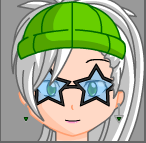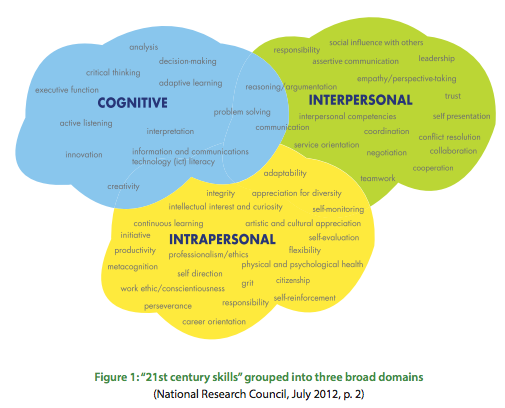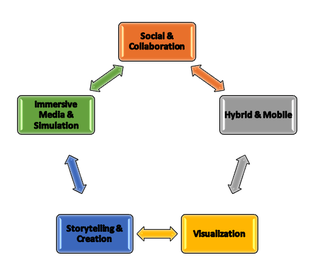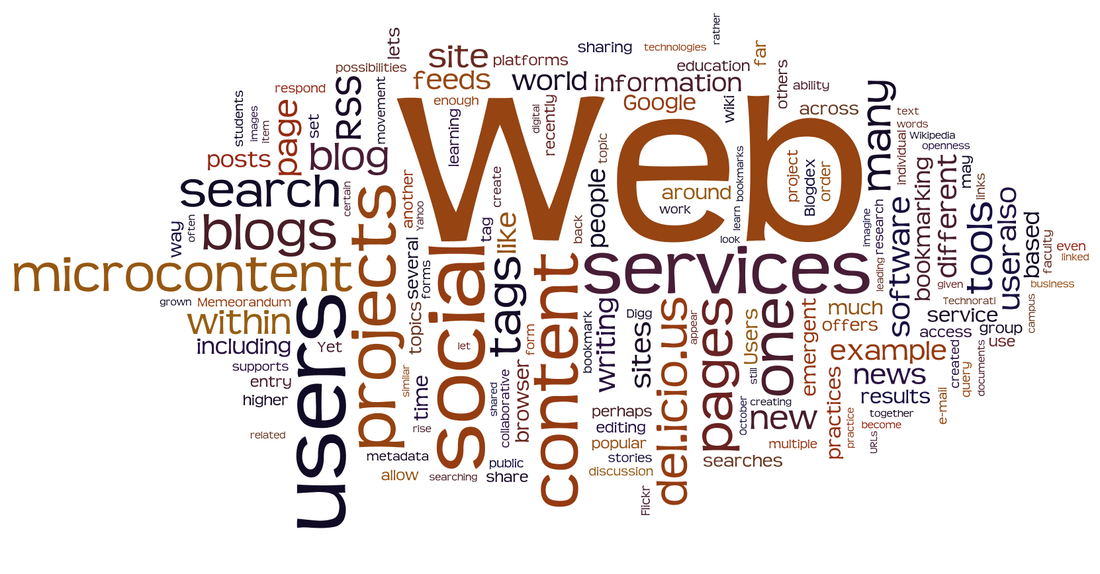2.2 Competencies for the 21st Century

This week will focus on defining terms and processes relevant to digital storytelling and Web 2.0. We'll explore the concept of transmedia (H. Jenkins), affinity spaces (J.P. Gee), and tinkering to construct knowledge (John Seely Brown). We will reflect and connect these concepts to teaching media and digital literacy.
Goals:
Goals:
- synthesize information about applications, benefits and issues of Web X tools for education
- explore concepts and their connection to web literacy - transmedia, affinity spaces and tinkering
- introduce curriculum connections to web based to teaching and learning
- connect web based literacy and competencies to Ontario educational contexts
How do media and digital literacies support 21st century teaching competencies?
Required Readings
- Competencies for 21st Century skills – document and chart
- Video on TeachLearnLead
Ontario has outlined competencies for 21st century teaching and learning.
Connecting Web literacy to Media and Digital Literacy in Ontario Schools
Teaching and learning in today's classrooms in Ontario require that a teacher become web and transmedia literate, become involved in affinity spaces, become a tinkerer to create knowledge and apply their own learning to their work in the classroom. Your role as a future educator will be to apply and integrate media & digital literacy by accessing, analyzing, creating, reflecting and taking action with web 2.0 tools. This message is included in the Transforming and Learning video presented on the Edugains website.
Teaching and learning in today's classrooms in Ontario require that a teacher become web and transmedia literate, become involved in affinity spaces, become a tinkerer to create knowledge and apply their own learning to their work in the classroom. Your role as a future educator will be to apply and integrate media & digital literacy by accessing, analyzing, creating, reflecting and taking action with web 2.0 tools. This message is included in the Transforming and Learning video presented on the Edugains website.
"We've really shifted from a culture of what I would call 'control' to a culture
of more risk taking and inquiry."
(Director of Education, quote from video Transforming Learning and Teaching)
of more risk taking and inquiry."
(Director of Education, quote from video Transforming Learning and Teaching)
|
|
Watch ONE other video from this series from EduGains and share insights that connect to media and digital literacy as a teacher.
Collect and collaborate on key terms, ideas and competencies in this Answer Garden. This will be a shared document so each of you can take a screen capture of the finished word cloud for your own use in your own writing. |
As you begin, make sure you investigate and review all relevant information about terms of use and privacy policies of specific tools you will use - for personal, professional and classroom use. This is particularly important when integrating tools into classrooms.
|
Reflect and Connect: questions to ask yourself
|
Resources/Links:
- OSAPAC - resources for Ontario educators
-



